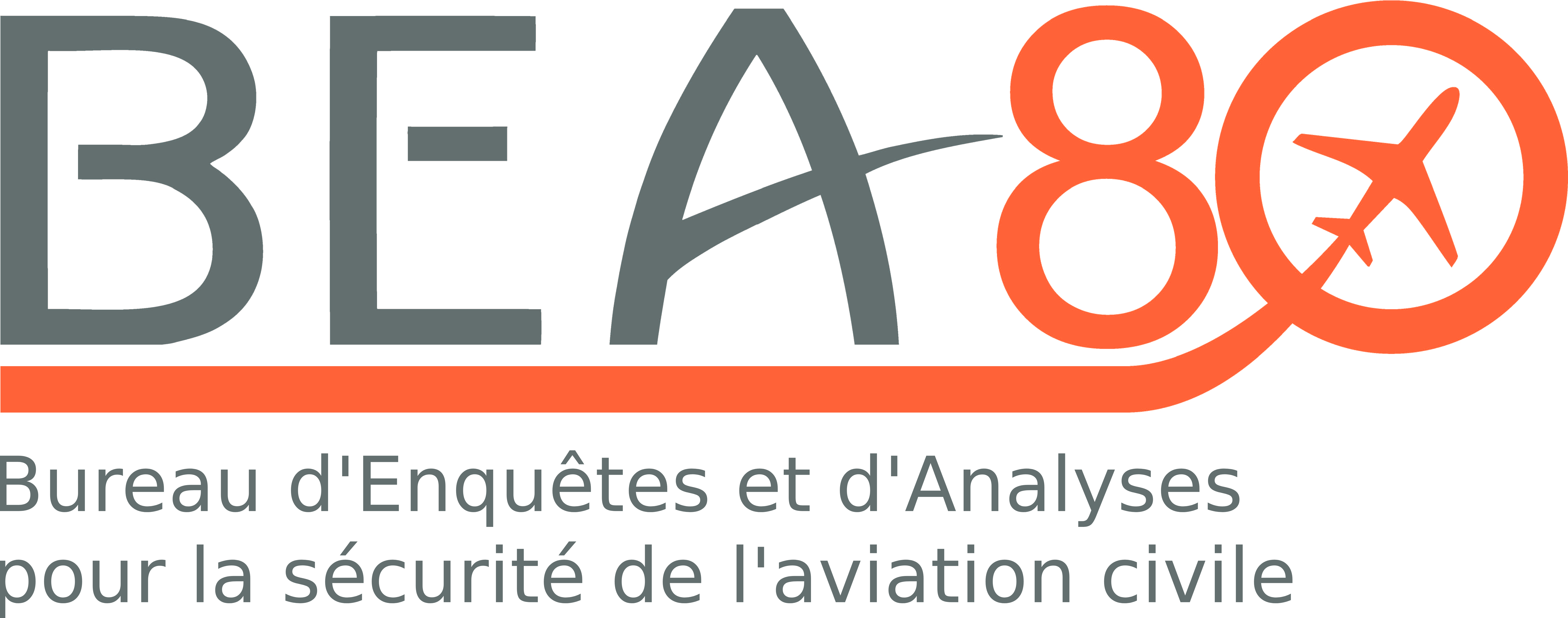Accident to the Robin DR400 registered F-HCAP on 13/01/2023 at Cuers-Pierrefeu
Hard landing, in instruction
This is a courtesy translation by the BEA of the Final Report on the Safety Investigation. As accurate as the translation may be, the original text in French is the work of reference.
Note: the following information is principally based on statements. This information has not been independently validated by the BEA.
1. History of the flight
The pilot under instruction (lesson in differences), accompanied by an instructor in the right seat, was carrying out a truncated traffic pattern for paved runway 29 at Cuers-Pierrefeu aerodrome (Var). Touch down on the runway was hard. During the landing run, the right main landing gear collapsed. The landing gear barrel ruptured and penetrated part of the upper surface of the wing.

Photo of F-HCAP (source: flying club)
2. Additional information
2.1 Pilot information and statements
The 39-year-old pilot under instruction held a PPL(A) obtained on 7 September 2022. He had logged approximately 18 flight hours on the DR400. He also held a fixed-wing microlight pilot licence obtained on 5 September 2014 and a CPL(H) obtained on 9 June 2006.
The 54-year-old instructor held a CPL(A) obtained on 18 June 1990. He was a FI-A instructor and
FE-A examiner. He had logged around 12,700 aeroplane flight hours including 108 hours in the previous 3 months and 9 hours on type including 3 hours in the previous 3 months.
The instructor stated that it was the student pilot’s fourth landing on F-HCAP. He thought that the deceleration phase was a bit high (around one metre from the ground) with a slightly positive pitch attitude when the aeroplane was subject to windshear which made it suddenly descend towards the ground. During the run, he felt the right wing drop a little and thought it might be a punctured tire but then saw, to his surprise, that the barrel of the right main landing gear was protruding from the wing fabric. The strength of the impact with the runway did not seem to him to correspond to the damage observed.
The controller and the monitor who were in the control tower stated that during the landing,
F-HCAP seemed to bounce once before running on the runway.
2.2 Examination of right main landing gear barrel
A visual examination carried out by the BEA identified an area with a non-compliant bonding surface over approximately 16% of the bonded surface. Given the margins taken during the design, it is very unlikely that this non-conformity was the cause of the gear barrel breaking. Furthermore, the rupture observed was similar to what is normally observed when a barrel ruptures following a
hard landing.
2.3 Examination of difference between indicated airspeed and true airspeed
The flight manual for the DR400-135 CDI fixes the theoretical stall speeds with the wings horizontal and at maximum weight as 99 km/h flaps retracted, 92 km/h flaps in first detent and 87 km/h flaps fully extended. It also indicates that the stall warning is calibrated to sound
between 10 and 15 km/h above the stall speed.
The passenger made a video during the accident flight. In this video it was possible to hear the stall warning and to see the speed displayed on the airspeed indicator during the stall exercises with the wings horizontal. However, it was not possible to know the aeroplane’s configuration during
the exercises.
The analysis of the video found that the stall warning sounded at the indicated airspeeds
of 130 and 110 km/h, with the aeroplane stalling at the indicated airspeeds of 110 and 100 km/h respectively. On testing the airspeed indicator on F-HCAP after the accident, it was found that there was an instrument error of 10 km/h above the expected value.
This instrument error could have resulted in the approach speed being too low given the optimistic indicated airspeed. However, it is unlikely that this speed difference contributed to the accident as the aeroplane was subjected to windshear during the deceleration phase, before the end of
the flare.
2.4 Meteorological information
The meteorological conditions estimated by the French met office, Météo-France, at the accident site were: mean wind measured at 10 m agl north-west to north of 7 kt with gusts of 20 kt, moderate ground turbulence, CAVOK, temperature 15°C, dew point temperature 5°C, QNH 1019.
A photo taken by the passenger during a previous landing around five minutes before the accident showed the wind sock of the runway 29 threshold. It indicated a largely northerly wind
of 5 to 10 kt.
A few seconds before the landing, the Cuers-Pierrefeu tower controller reported wind from 330°
of 4 kt to the pilot. Shortly after the accident, the crew of F-HCAP indicated to the controller that they had encountered wind decreasing and increasing in force and big turbulence.
3. Conclusions
The rupture of the barrel of the right main landing gear was very probably the consequence of a hard landing.
The following factors may have contributed to the hard landing:
- the flare being started too high;
- windshear at the time of the flare.
December 2023
